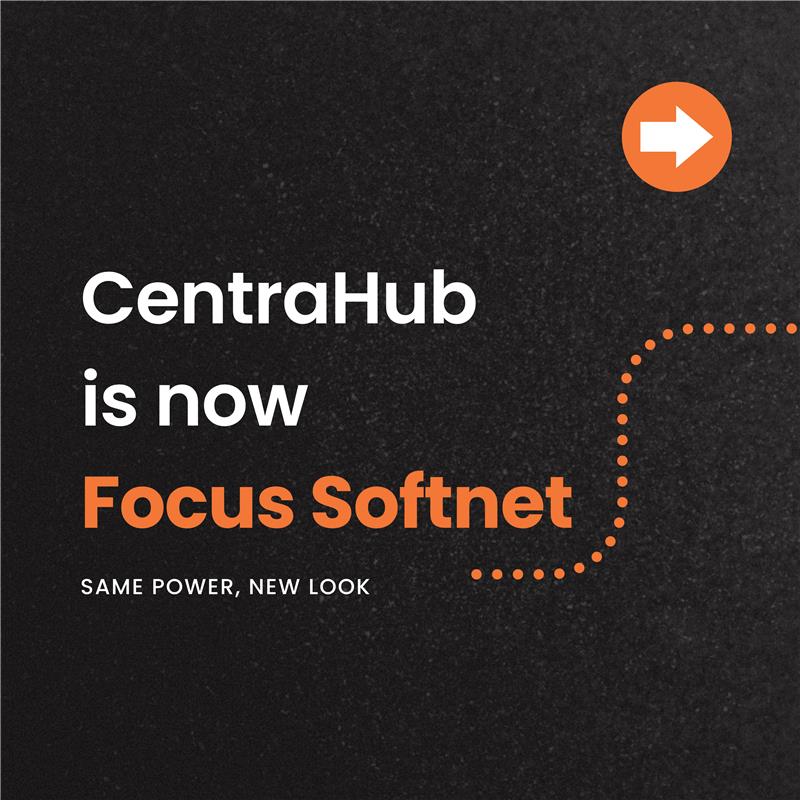

In the fast-paced and competitive retail industry, harnessing customer data is essential for achieving success. Retailers who understand their customer’s preferences, behaviors, and buying patterns gain a competitive edge and can tailor their strategies to meet those demands. By leveraging customer data effectively, retailers can enhance customer experiences, improve operational efficiency, and drive sales growth.
This blog explores the ten best ways retail customer data maximize business success. From personalized marketing campaigns to demand forecasting and inventory management, the online retail software manages them all efficiently.
Understanding customer preferences and purchase history allows retailers to create targeted and personalized marketing campaigns. By analyzing customer data, retailers can segment their customer base and deliver relevant offers and promotions, increasing the likelihood of conversion. Personalized marketing campaigns enhance customer engagement, improve brand loyalty, and drive sales.
Customer data enables retailers to segment their customer base effectively. By categorizing customers based on demographics, purchase behavior, and preferences, retailers can identify high-value segments and tailor their marketing efforts accordingly. This helps retailers optimize resource allocation, create targeted promotions, and provide personalized experiences that resonate with specific customer groups.
Customer data allows retailers to understand customer preferences, shopping habits, and pain points. By leveraging this information, retailers can create seamless and personalized shopping experiences across various touchpoints. From personalized product recommendations to customized communication, retailers can enhance the overall customer experience and build long-term customer relationships.
Accurate demand forecasting is crucial for retailers to optimize inventory levels, reduce stockouts, and minimize holding costs. By analyzing customer data, including historical sales, seasonal trends, and customer preferences, retailers can make data-driven forecasts that align with customer demand. This enables retailers to improve inventory management, ensure product availability, and optimize the supply chain.
Customer data helps retailers optimize their inventory management processes. By analyzing purchase patterns, retailers can identify fast-selling items, slow-moving stock, and seasonal trends. This allows retailers to adjust inventory levels, plan for stock replenishment, and optimize product assortments to meet customer demand. Effective inventory management also improves operational efficiency, reduces holding costs, and ensures customer satisfaction.
Customer data provides insights into customer behavior, loyalty, and churn risks. By analyzing this information, retailers can identify at-risk customers and implement targeted retention strategies. Personalized loyalty programs, exclusive offers, and proactive customer support can help retain valuable customers and maximize their lifetime value.
Customer data integration across multiple channels is essential for delivering a seamless omnichannel experience. By capturing and analyzing customer data from online and offline touchpoints, retailers can provide a consistent and personalized experience across all channels. This improves customer satisfaction, increases customer loyalty, and drives repeat purchases.
Real-time analytics enables retailers to monitor customer behavior, sales performance, and operational metrics in real time. By having access to up-to-date data, retailers can make informed decisions, identify trends, and respond quickly to market changes. Real-time analytics empowers retailers to optimize pricing strategies, launch timely promotions, and identify opportunities for business growth.
Customer data analysis also includes understanding the competitive landscape. By monitoring competitor pricing, product assortment, and promotional activities, retailers can gain insights into market trends and consumer preferences. This helps retailers make informed decisions regarding pricing, assortment, and marketing strategies to stay ahead of the competition.
Customer data serves as a valuable feedback mechanism for retailers. By collecting and analyzing customer feedback, retailers can identify areas for improvement, refine their offerings, and enhance the overall customer experience. Continuous improvement based on customer data helps retailers stay relevant, adapt to changing customer needs, and drive long-term success.
Maximizing retail success requires harnessing the power of customer data. By utilizing retail customer data effectively and implementing a robust online retail software, businesses can unlock valuable insights, improve customer experiences, optimize operations, and drive sales growth.